|
AXELL E, LEUS G, and LARSSON E G. Overview of spectrum sensing for cognitive radio[C]. IEEE International Workshop on Cognitive Information Processing, Elba, 2010: 322–327.
|
|
CICHOŃ K, KLIKS A, and BOGUCKA H. Energy-efficient cooperative spectrum sensing: A survey[J]. IEEE Communications Surveys&Tutorials, 2016, 18(3): 1861–1886 doi: 10.1109/COMST.2016.2553178
|
|
MA Jun and LI Ye. Soft combination and detection for cooperative spectrum sensing in cognitive radio networks[C]. Global Communications Conference, 2007. GLOBECOM '07, Washington, DC, USA, 2007: 3139–3143.
|
|
ZHOU Fuhui, LI Zan, SI Jingbo, et al. Adaptive secondary-user selection without prior information for cooperative spectrum sensing in CRNs[C]. IEEE International Conference on Computer, Information and Telecommunication Systems, Gijon, 2015: 1–5.
|
|
ABDI N, YAZDIAN E, and HOSEINI A M D. Optimum number of secondary users in cooperative spectrum sensing methods based on random matrix theory[C]. International Conference on Computer and Knowledge Engineering, Mashhad 2015: 290–294.
|
|
申滨, 喻俊, 黄琼, 等. 基于EEF准则的认知无线电宽带频谱感知[J]. 北京邮电大学学报, 2014, 37(6): 115–119 doi: 10.13190/j.jbupt.2014.06.024SHEN Bin, YU Jun, HUANG Qiong, et al. EEF criterion based wideband spectrum sensing used in cognitive radio[J]. Journal of Beijing University of Posts and Telecommunications, 2014, 37(6): 115–119 doi: 10.13190/j.jbupt.2014.06.024
|
|
ZENG Yonghong and LIANG Yingchang. Eigenvalue-based spectrum sensing algorithms for cognitive radio[J]. IEEE Transactions on Communications, 2009, 57(6): 1784–1793 doi: 10.1109/TCOMM.2009.06.070402
|
|
弥寅, 卢光跃. 基于特征值极限分布的合作频谱感知算法[J]. 通信学报, 2015, 36(1): 84–89 doi: 10.11959/j.issn.1000-436x.2015010MI Yin and LU Guangyue. Cooperative spectrum sensing algorithm based on limiting eigenvalue distribution[J]. Journal on Communications, 2015, 36(1): 84–89 doi: 10.11959/j.issn.1000-436x.2015010
|
|
ZHANG Rui, LIM T J, LIANG Yingchang, et al. Multi-antenna based spectrum sensing for cognitive radios: A GLRT approach[J]. IEEE Transactions on Communications, 2010, 58(1): 84–88 doi: 10.1109/TCOMM.2010.01.080158
|
|
ZENG Yonghong, LIANG Yingchang, and ZHANG Rui. Blindly combined energy detection for spectrum sensing in cognitive radio[J]. IEEE Signal Processing Letters, 2008, 15(1): 649–652 doi: 10.1109/LSP.2008.2002711
|
|
曹开田, 杨震. 一种新型的基于最大特征值的合作频谱感知算法[J]. 电子与信息学报, 2011, 33(6): 1367–1372 doi: 10.3724/SP.J.1146.2010.01091CAO Kaitian and YANG Zhen. A novel cooperative spectrum sensing algorithm based on the maximum eigenvalue[J]. Journal of Electronics&Information Technology, 2011, 33(6): 1367–1372 doi: 10.3724/SP.J.1146.2010.01091
|
|
MA Jun, ZHAO Guodong, and LI Ye. Soft combination and detection for cooperative spectrum sensing in cognitive radio networks[J]. IEEE Transactions on Wireless Communications, 2008, 7(11): 4502–4507 doi: 10.1109/T-WC.2008.070941
|
|
SEDIGHI S, TAHERPOUR A, GAZOR S, et al. Eigenvalue-based multiple antenna spectrum sensing: higher order moments[J].IEEE Transactions on Wireless Communications, 2017, 16(2): 1168–1184 doi: 10.1109/TWC.2016.2640299
|
|
ZHOU Fushui, BEAULIEU N C, LI Zan, et al. Feasibility of maximum eigenvalue cooperative spectrum sensing based on Cholesky factorisation[J]. Communications IET, 2016, 10(2): 199–206 doi: 10.1049/iet-com.2015.0252
|
|
ZHANG Wensheng, SUN Jian, XIONG Hailiang, et al. A new joint eigenvalue distribution of finite random matrix for cognitive radio networks[J]. IET Communications, 2016, 10(13): 1584–1589 doi: 10.1049/iet-com.2015.0869
|
|
LI Zan, ZHOU Fushui, SI Jingbo, et al. Feasibly efficient cooperative spectrum sensing scheme based on Cholesky decomposition of the correlation matrix[J]. IET Communications, 2016, 10(9): 1003–1011 doi: 10.1049/iet-com.2015.0654
|





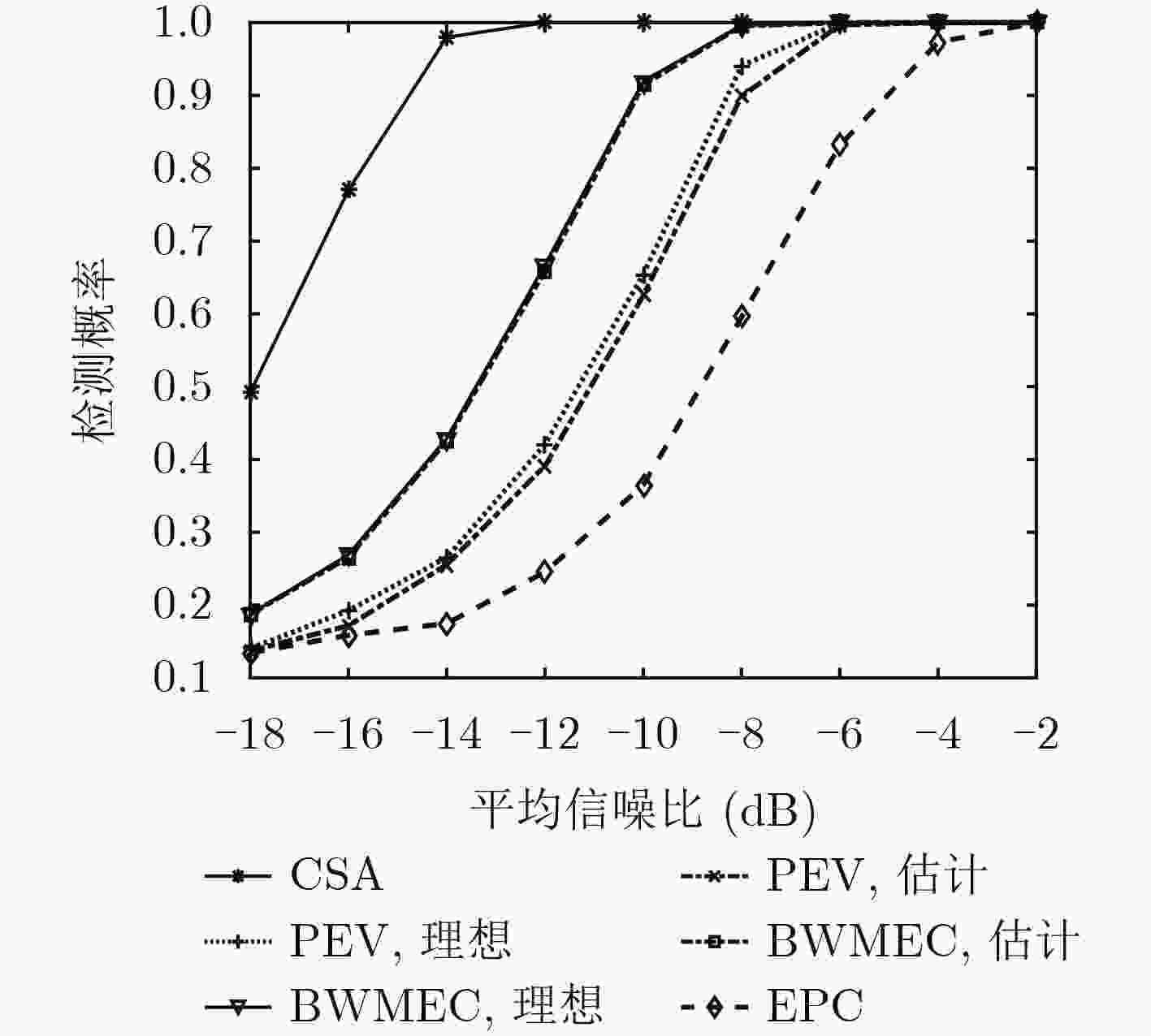
 下载:
下载:
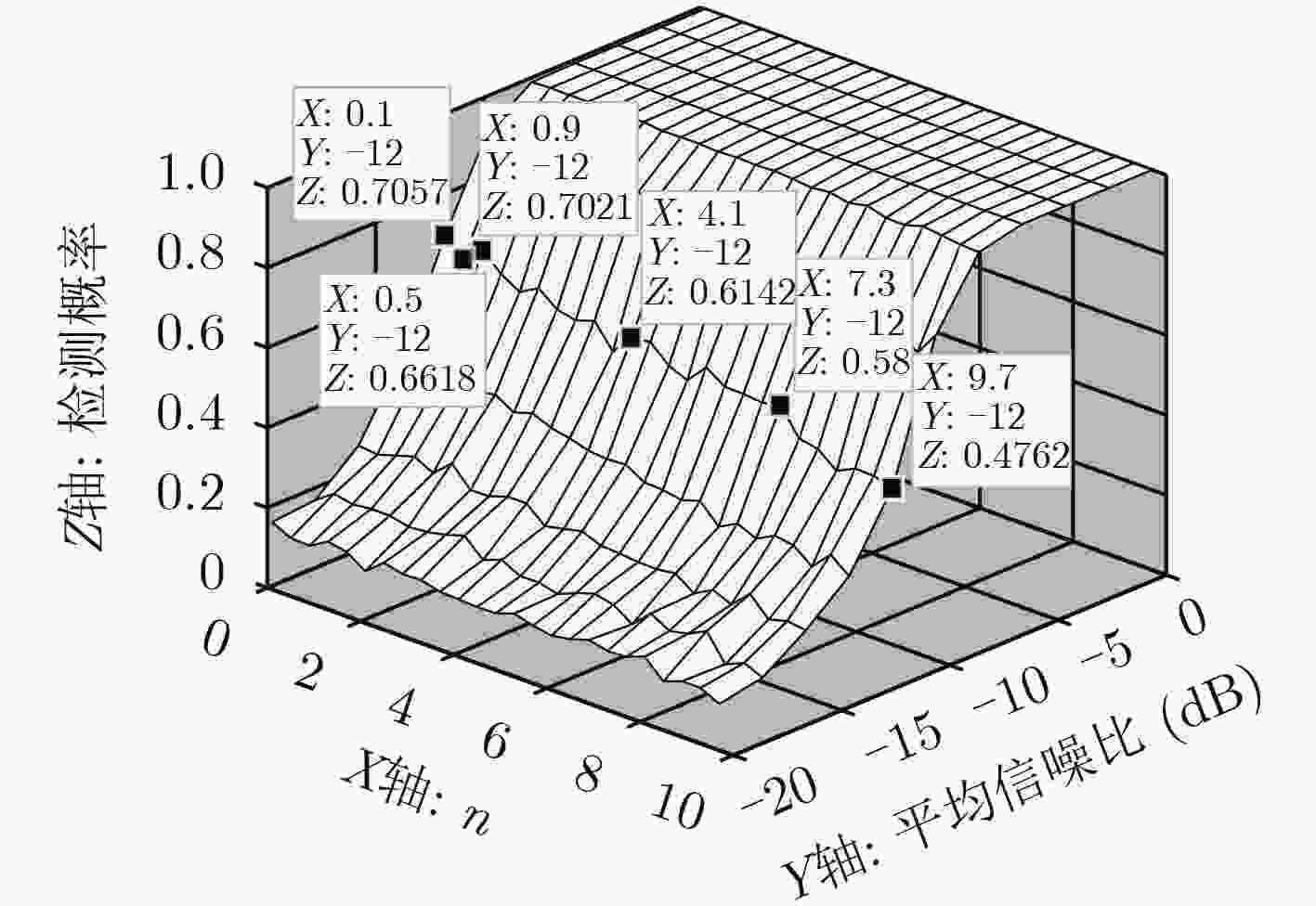
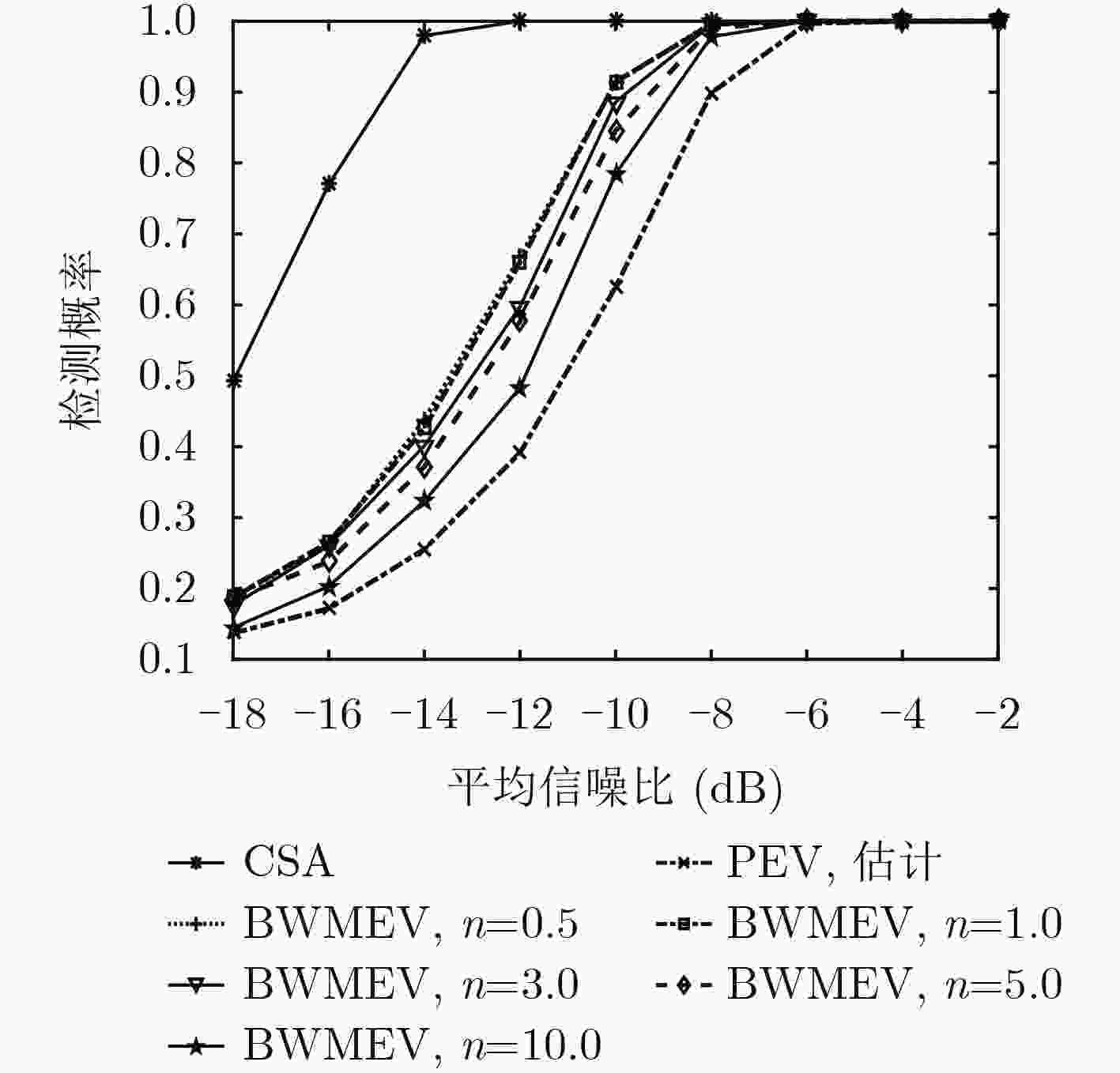
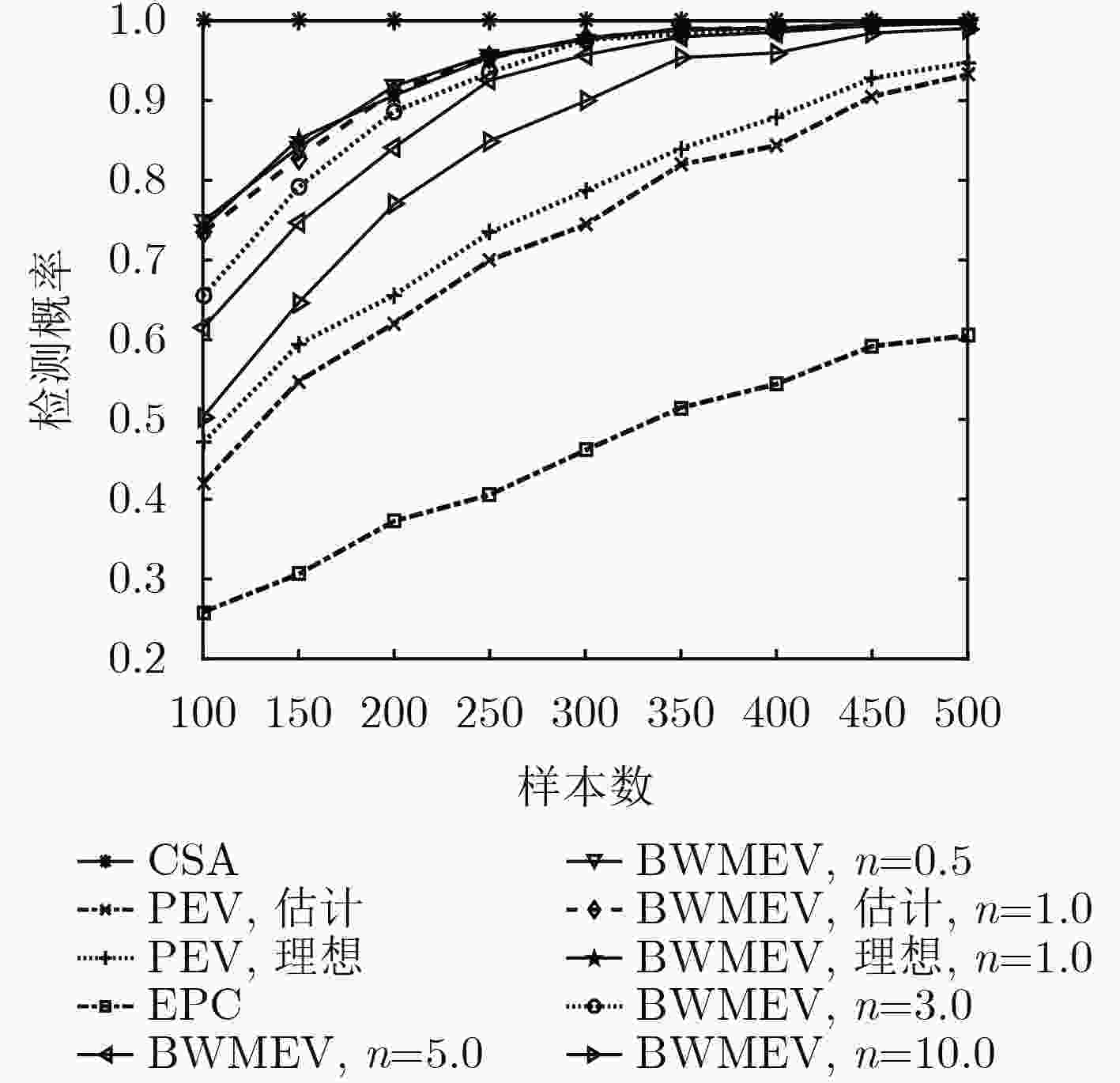
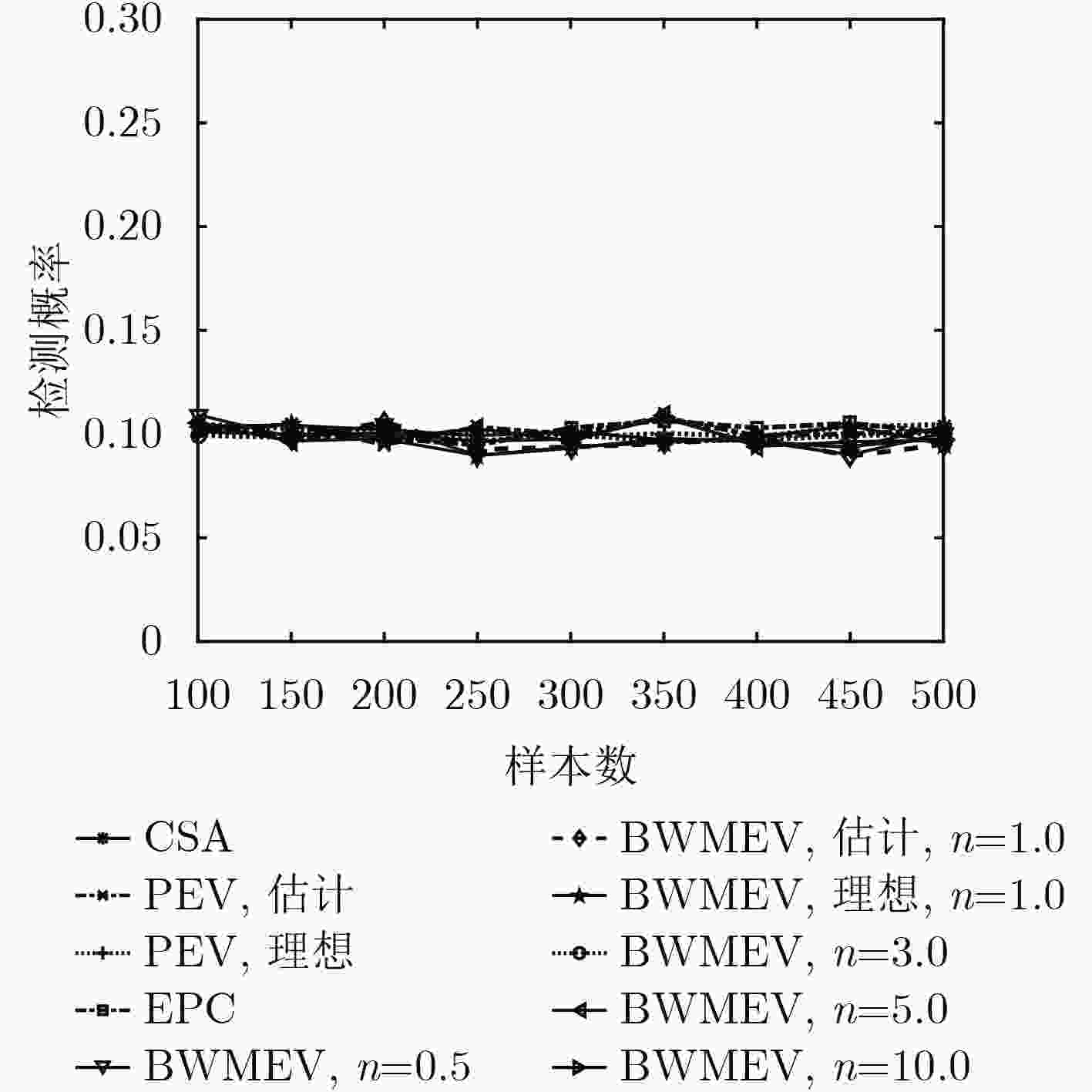


 下载:
下载:
